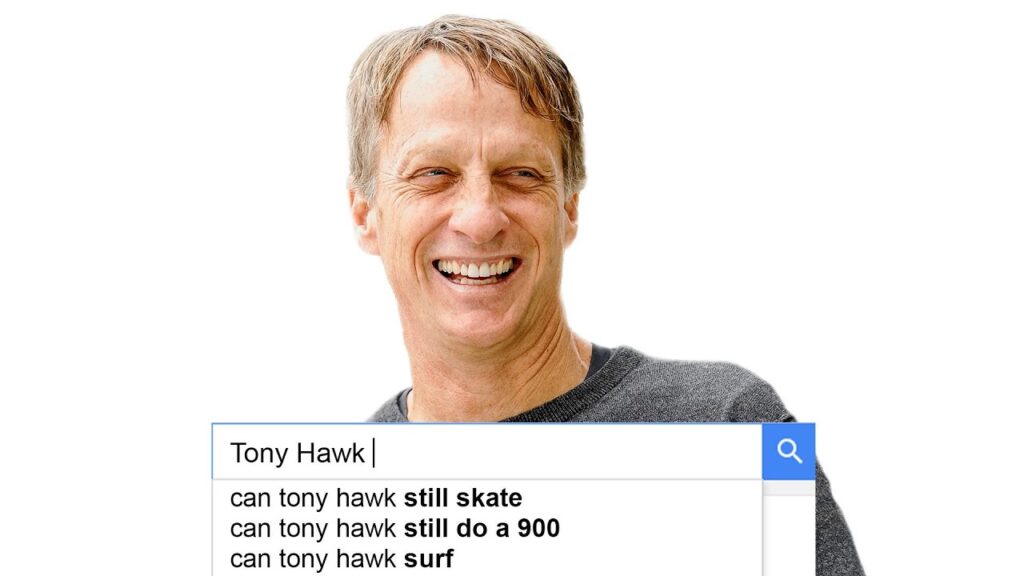Dunking in 21 Levels: Tips and Techniques from CJ Champio
Summary
In this article, we will explore the 21 levels of dunking as explained by professional dunker CJ Champio. From basic footwork to advanced trick dunks, Champio provides tips and techniques for successfully completing each level.
Table of Contents
- Basic Dunking: Levels 1-4
- Intermediate Dunking: Levels 5-8
- Advanced Dunking: Levels 9-12
- Expert Dunking: Levels 13-16
- Trick Dunking: Levels 17-21
- Conclusion
Basic Dunking: Levels 1-4
According to Champio, the foundation of dunking lies in footwork. The basic dunk involves approaching the rim with the left foot blocking and the right foot planting before jumping straight up. The first level of dunking involves lowering the rim to 8’5″ and practicing footwork. The second level is the assisted lob dunk, where someone throws the ball in front of the rim and the dunker jumps to catch and dunk it. The arm swing is important for getting a higher jump, and absorbing the ball is crucial for control. Level three is the handoff dunk, where someone holds the ball out in front for the dunker to grab. This allows for consistency and experimentation with trick dunks. Level four is the off-dribble dunk, which is more complex and requires coordination.
Intermediate Dunking: Levels 5-8
Moving on to intermediate levels, Champio explains that the self-lob dunk is level five. This requires throwing the ball high above the rim, letting it bounce once, and then catching it to finish the dunk. The sixth level is the backboard dunk, which involves throwing the ball off the backboard, catching it, and finishing the dunk. This level is more difficult due to the accuracy required in throwing the ball off the backboard and the challenge of controlling the ball after the catch. The seventh level is the tomahawk dunk, which involves pumping the ball up with one or two hands and then bringing it down in a swinging motion. The eighth level is the windmill dunk, which requires a swinging motion with the off-hand.
Advanced Dunking: Levels 9-12
As we move into advanced levels, Champio explains that a tomahawk dunk has an unspoken threshold of how far back the ball is brought. Level nine is the 360 dunk, which can be disorienting and requires speed. Level ten is the push-off windmill dunk, which involves pushing off of someone’s head or neck to get extra height. The mental challenge of jumping over someone for a push-off dunk is also mentioned. Level eleven is the double up X dunk, which requires jumping and crossing the legs twice before dunking. Level twelve is the reverse pump dunk, which involves jumping backwards and pumping the ball up with one or two hands before bringing it down for the dunk.
Expert Dunking: Levels 13-16
The expert levels of dunking are even more challenging. Level thirteen is the between-the-legs dunk, which involves jumping and bringing the ball between the legs before dunking. Level fourteen is the off-the-glass alley-oop dunk, which requires throwing the ball off the backboard and catching it mid-air for the dunk. Level fifteen is the off-the-backboard between-the-legs dunk, which combines elements of previous levels. Level sixteen is the off-the-backboard windmill dunk, which requires throwing the ball off the backboard and completing a windmill dunk.
Trick Dunking: Levels 17-21
The final levels of dunking involve trick dunks. Level seventeen is the 360 between-the-legs dunk, which combines elements of previous levels. Level eighteen is the behind-the-back dunk, which involves jumping and bringing the ball behind the back before dunking. Level nineteen is the off-the-backboard 360 dunk, which requires throwing the ball off the backboard and completing a 360 dunk. Level twenty is the off-the-backboard 540 dunk, which requires throwing the ball off the backboard and completing a 540-degree spin before dunking. The final level, level twenty-one, is the off-the-backboard 720 dunk, which requires throwing the ball off the backboard and completing two full spins before dunking.
Conclusion
Dunking is a complex and challenging skill that requires practice and dedication. CJ Champio’s 21 levels of dunking provide a roadmap for dunkers of all levels to improve their skills and reach new heights. By focusing on footwork, arm swing, and ball control, dunkers can master the basic levels before moving on to more advanced and trick dunks. With practice and determination, anyone can become a skilled dunker.







